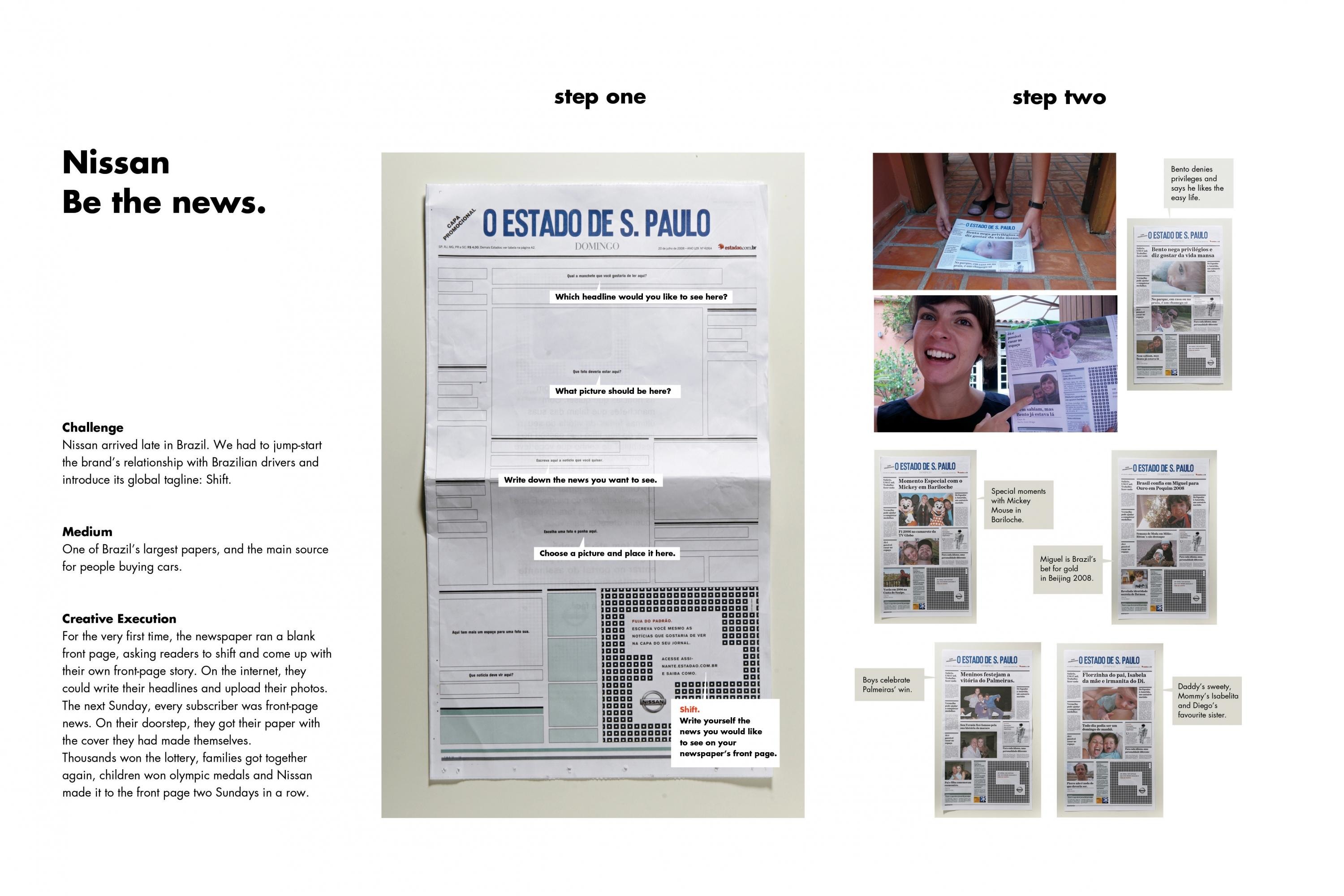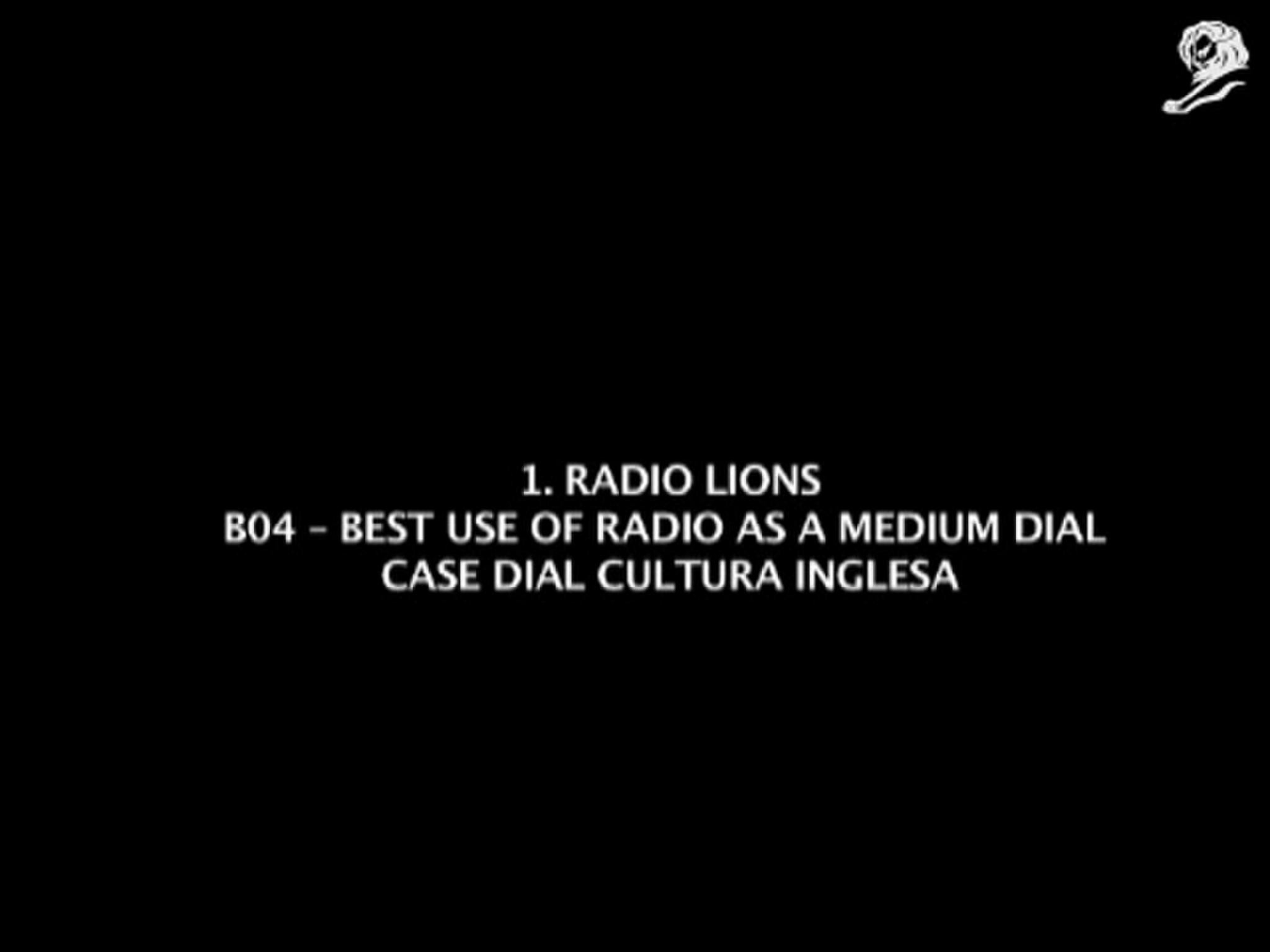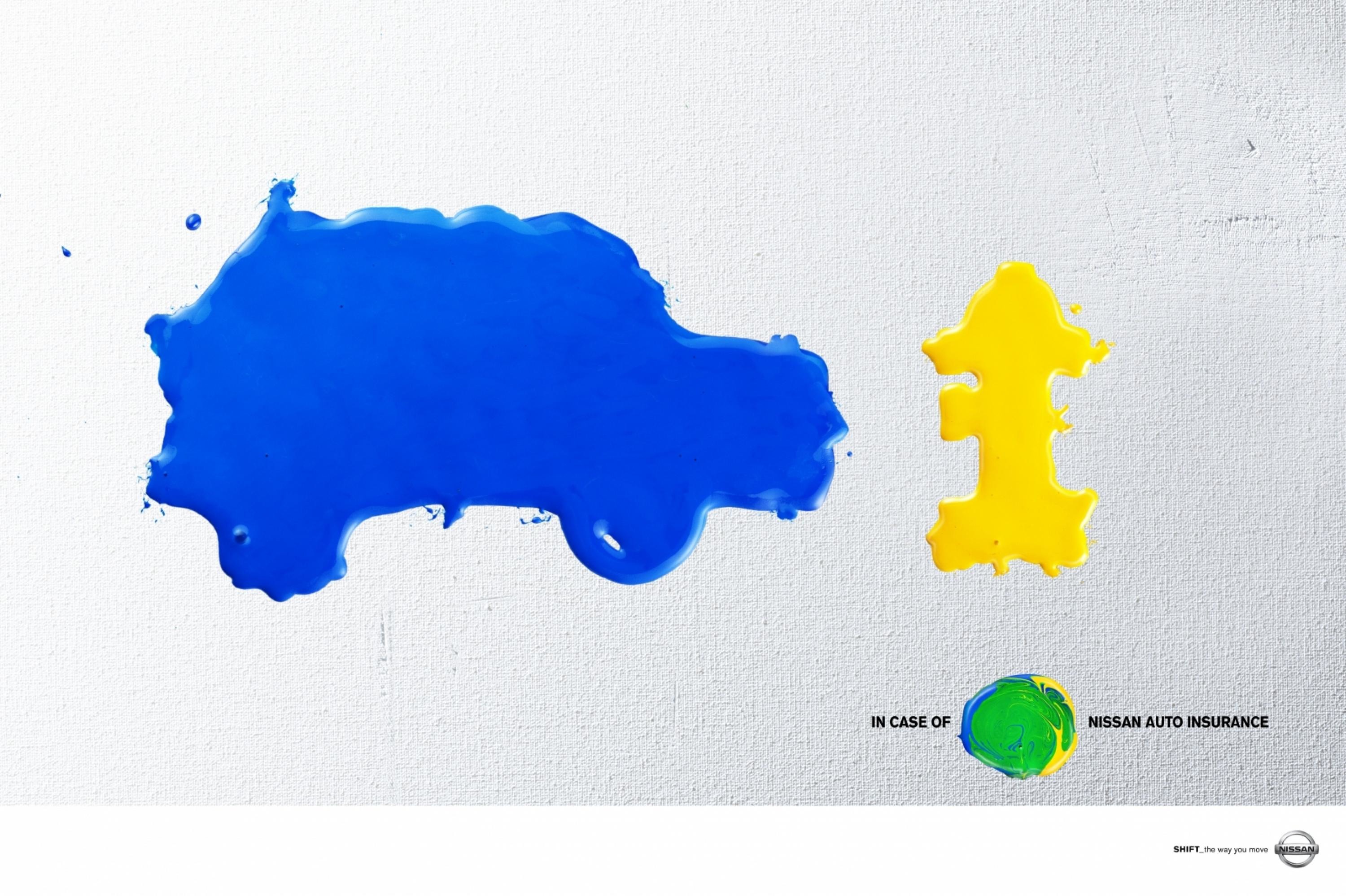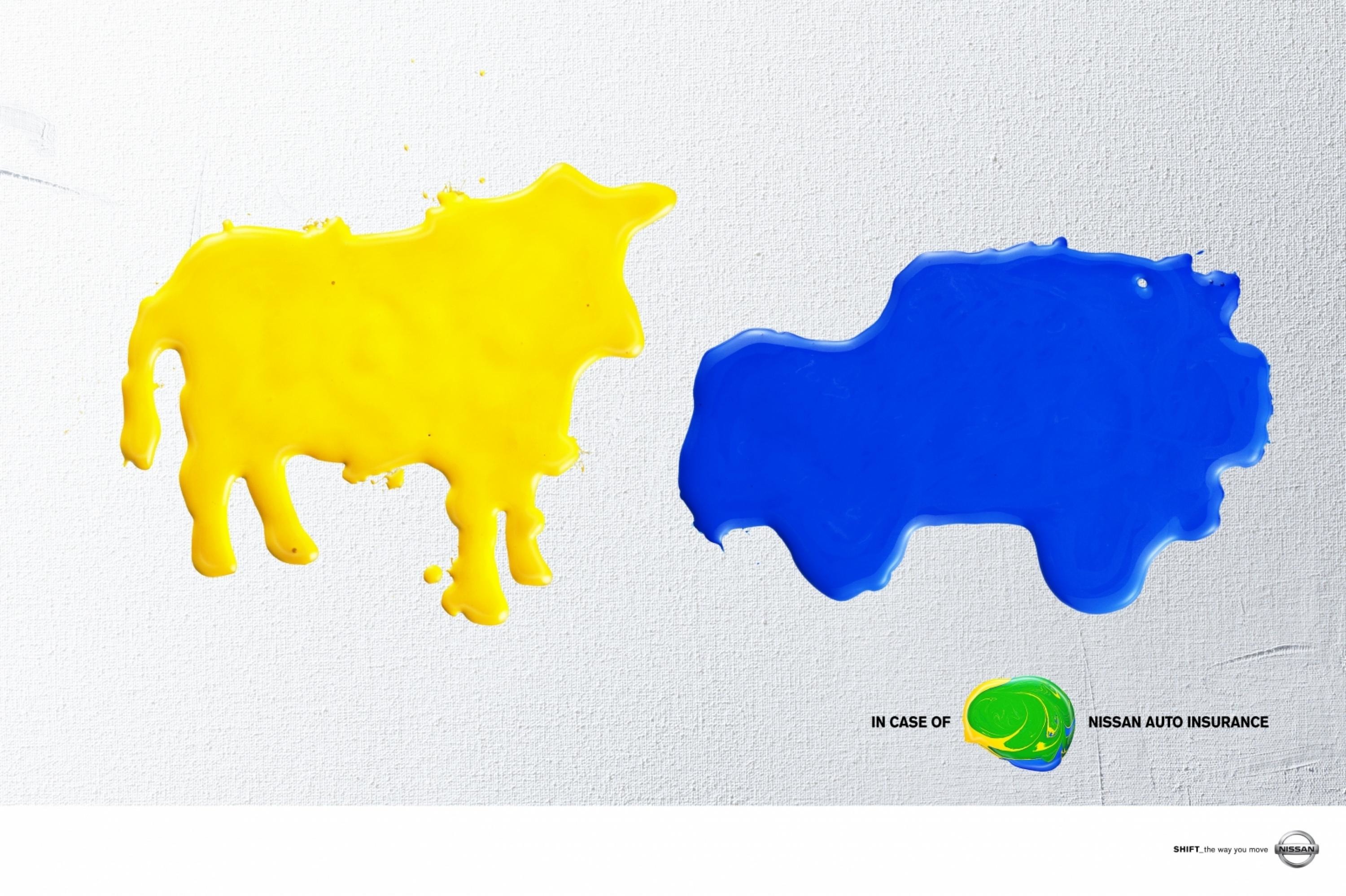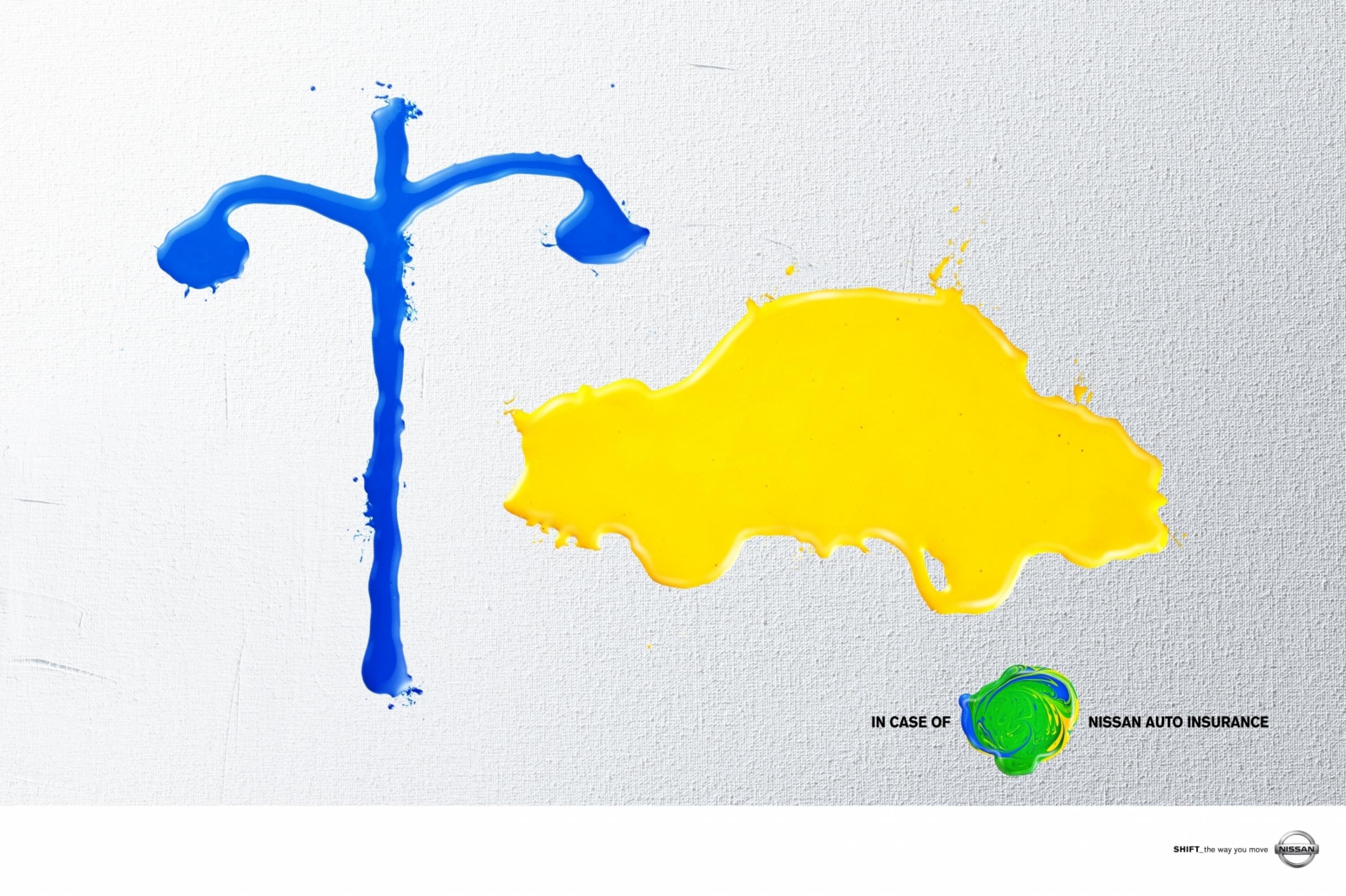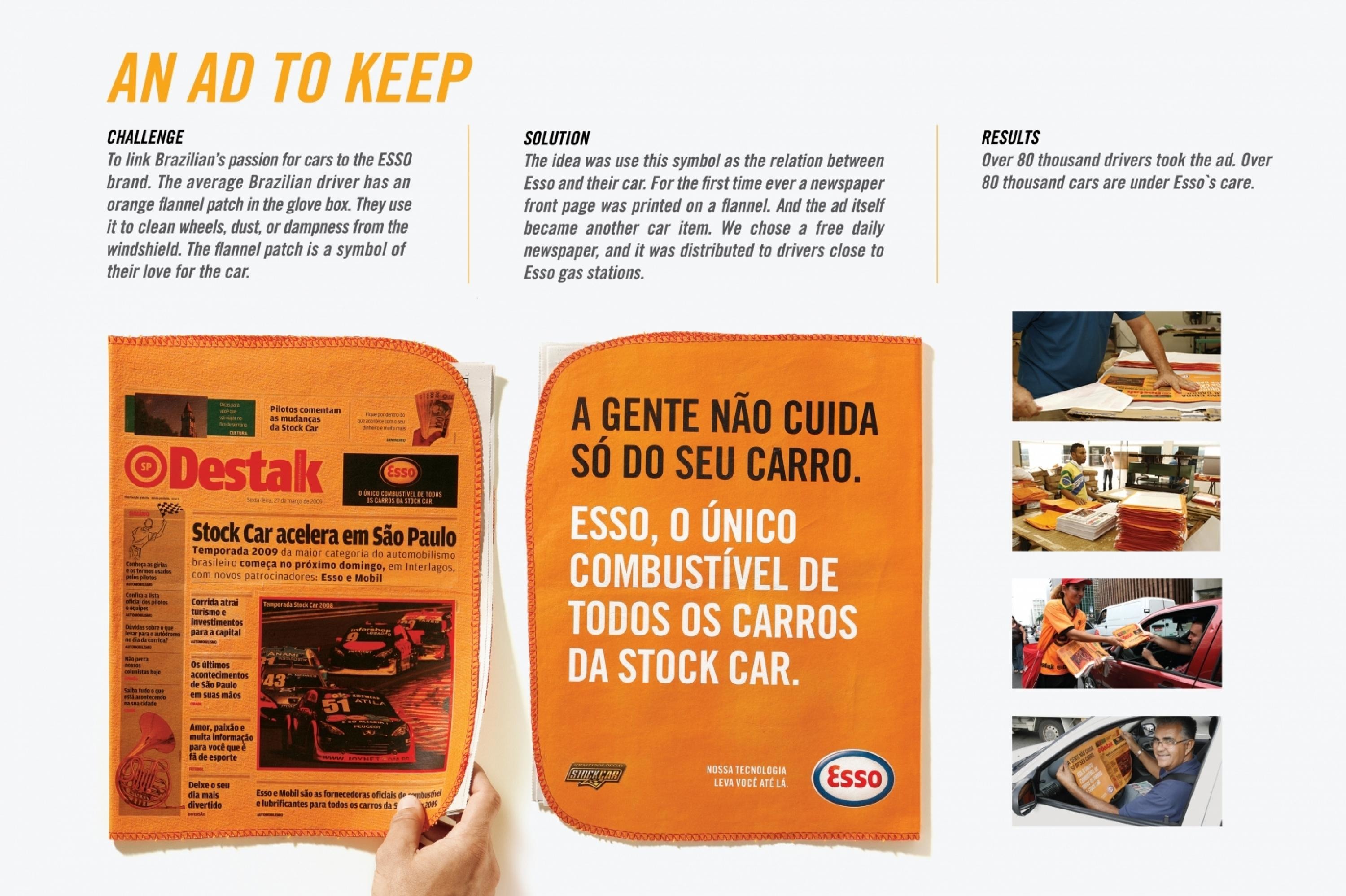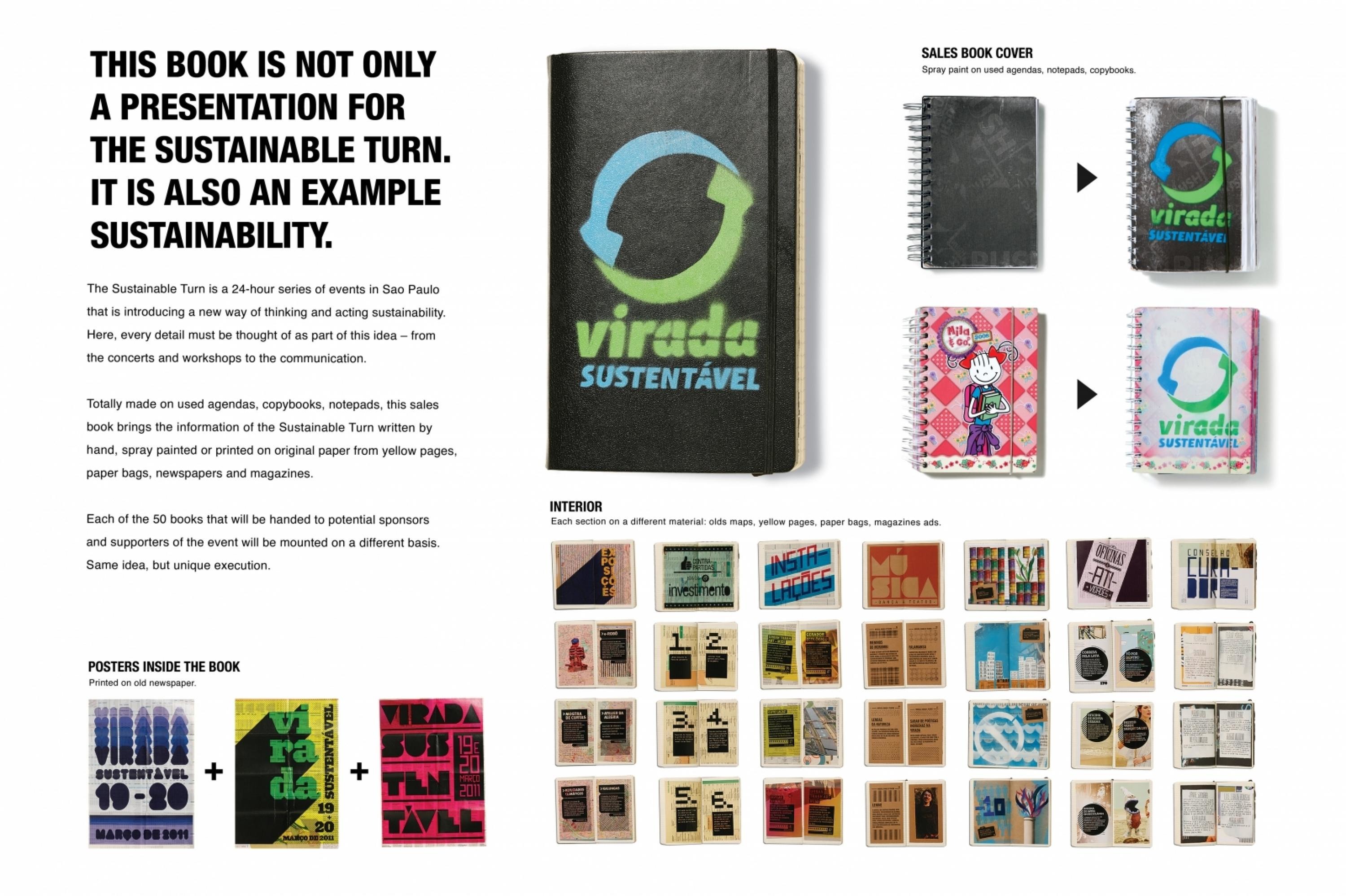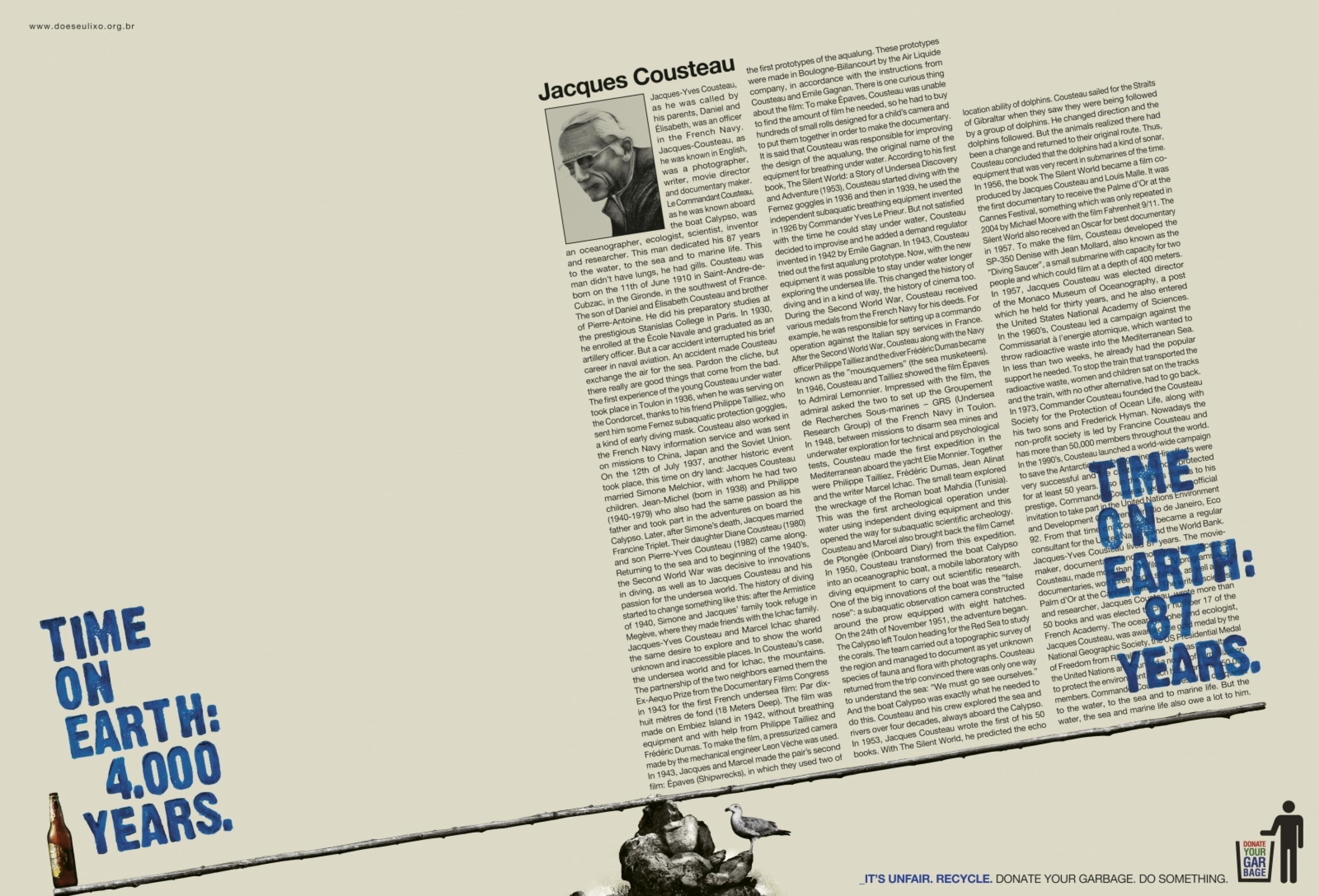Innovation > Innovation
#BRAILLEBRICKSFORALL
LEW'LARA\TBWA, Sao Paulo / DORINA NOWILL / 2019
Awards:

Overview
Credits
Overview
Why is this work relevant for Innovation?
Braille Bricks is an idea that can change the lives of many people, not only those of the blind children. Braille Bricks is a tool of real inclusion, which transforms the routine of everyone around the person with the disability. In addition, Braille Bricks signifies a change in the classroom. It brings learning, psychomotor development, and socialization together in a simply, playful, stimulating, and cheerful way. As we can see at the Dorina Nowill Foundation, it represents a powerful tool for learning and preparation for the future.
Background
In Brazil, there are not many options for materials adapted for education of blind children. The majority needs to be adapted by parents and teachers. In addition, these materials do not encourage the inclusion of these students. Schools are not prepared to tend to blind and non-blind students at the same time, which ends up creating a difference in teaching method during the activities in the classroom.
The Dorina Nowill Foundation for the Blind, whose work is aimed at inclusion, sought an innovative resource that would help toward this goal and improve life for the visually impaired and those around them, in a real way.
As we are an NGO, we had no budget to make a media campaign. Through the hashtag #BrailleBricksForAll we could amplify our message on everyone's voices until it reaches a major toy manufacturer.
Describe the idea
We realized that classic 6-pin (3x2) building bricks have the same pattern as the braille alphabet. With a simply small modification to the pins, we could have 'the entire braille alphabet. All this without losing the characteristics of the toy. The building bricks are still building bricks. But now, with the peculiarity of being also an isolated letter, stimulating learning. This is how Braille Bricks came about. A toy for literacy and inclusion of blind children, since it allows them to play normally with other children, learning and teaching braille.
What were the key dates in the development process?
August 2015 - Conceptualization
August 2015 - Conceptualization
November 2015 - Design & prototype development
February 2016 – Testing
April 2016 - Project Website launch and Social Media Campaign
March 2017 – Contact from Lego
During 2018 – Product test and development in association with The Lego Foundation, Danish Association of the Blind, Royal National Institute of Blind People, Leonard Cheshire and Blindeforbundet Norge.
April, 25 2019 – Lego Braille Bricks is officially announced at the Sustainable Brands Paris
Describe the innovation/technology
Analyzing the classic 6-pin (3x2) building bricks we realized that it has the same pattern as the braille alphabet. With a simply small modification to the pins, we could have 'the entire braille alphabet. All this without losing the characteristics of the toy. The building bricks are still building bricks. But now, with the peculiarity of being a letter, stimulating learning.
We prototyped and tested it with the children at the Dorina Nowill Foundation. It was a success. Once we got the OK from Lego, we gave them the patent rights of the project and started working together to improve the pieces.
To ensure the tool is inclusive allowing sighted teachers, students and family members to interact on equal terms, each brick will also feature a printed letter or character. This ingenious combination brings a whole new and playful approach to get blind and visually impaired children interested in learning Braille, enabling them to develop a breadth of skills needed to succeed in a fast-paced world.
The bricks are now being produced and distributed by the Lego Foundation to Denmark, Norway, United Kingdom and Brazil. By 2020 it will be available in 16 more countries.
Describe the expectations/outcome
On global level 19 million children are visually impaired. Braille Bricks can revolutionize the way each of these children learn.
Learning Braille is said to be crucial for blind and visually impaired children as it allows them to develop a variety of essential life skills ensuring they experience intellectual freedom, independence and equal access to education and work.
The concept of the Braille Bricks presents a groundbreaking and inclusive opportunity to teach blind, visually impaired and sighted children alongside each other by offering a fun and playful way to engage, interact and learn together.
As Philippe Chazal, Treasurer of the European Blind Union said: “We know that Braille users often are more independent, have a higher level of education and better employment opportunities. We strongly believe LEGO Braille Bricks can help boost the level of interest in learning Braille, so we’re thrilled that the LEGO Foundation is making it”
More Entries from Product Innovation in Innovation
24 items
More Entries from LEW'LARA\TBWA
24 items


